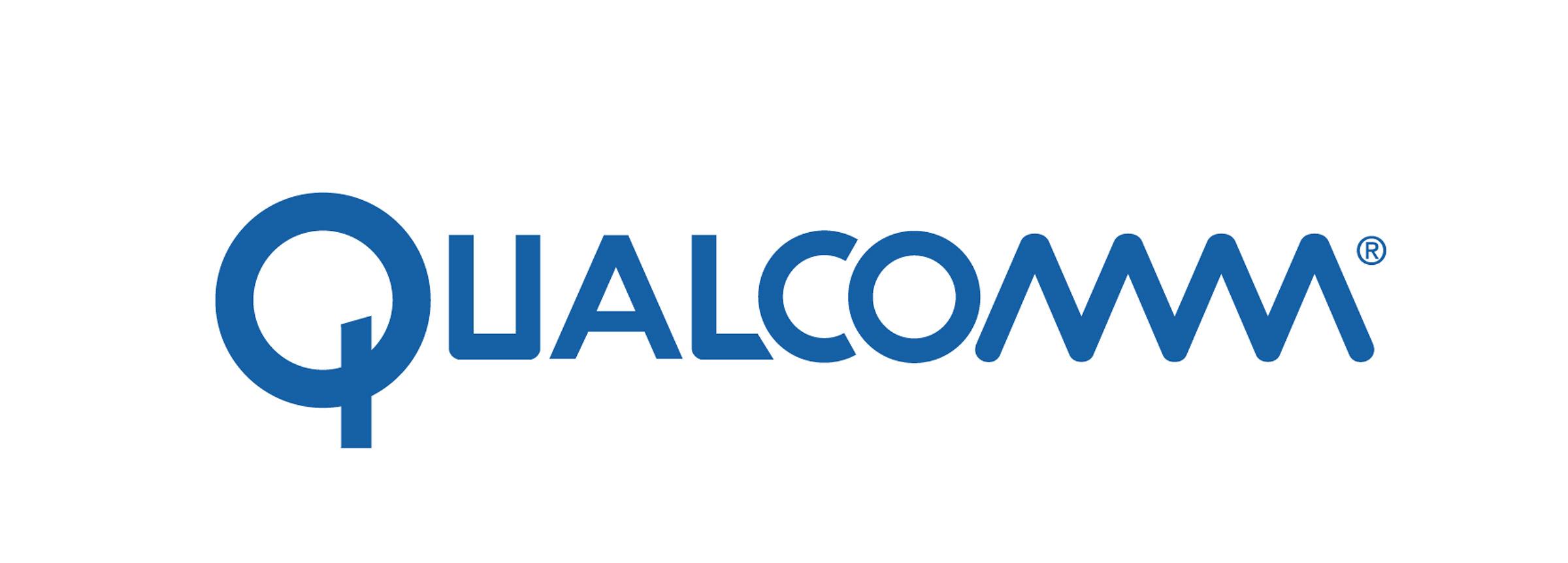
Recently, Qualcomm announced that it will use Nuvia self-developed core to re-enter the server chip market. This news has caused widespread concern in the industry. As the world's leading semiconductor and telecommunications equipment company, Qualcomm has long occupied an important position in the field of mobile communication chips, but its performance in the server chip market has been relatively weak. The decision to re-enter this market marks Qualcomm's strategic adjustment and technology upgrade in the chip business.
Qualcomm noted in the announcement that the Nuvia self-developed core will be the core of its next-generation FMMT38CTA server chip. Nuvia is a startup founded by a former Apple chip designer that focuses on the design and development of high-performance computing chips. Qualcomm spent $1.4 billion to acquire Nuvia in 2021, an acquisition that not only enhanced Qualcomm's technical strength in high-performance computing, but also laid the foundation for its entry into the server market.
It is reported that the Nuvia self-developed core has the characteristics of high efficiency, high performance and low power consumption, which can meet the harsh requirements of current data center and cloud computing chip performance. Qualcomm says these cores will be integrated into its upcoming server chips, which are expected to be available within the next two years. This news undoubtedly brings new challenges to traditional server chip giants such as Intel and AMD.
Qualcomm's decision to return to the server chip market is based on a deep insight into future market demand and technology trends. With the rapid development of cloud computing, big data and artificial intelligence technologies, the global demand for high-performance server chips is increasing. The existing market pattern is relatively solidified, and there is a large space for innovation and breakthrough. Qualcomm hopes to occupy a position in this field through technological innovation and differentiated competition.
In addition, Qualcomm also said that it will work closely with major cloud service providers and data center operators to ensure that its new generation of server chips can meet the needs of real-world applications. This means that Qualcomm is not only layout at the technical level, but also actively expanding in terms of the market and ecosystem. Qualcomm hopes to achieve a rapid breakthrough in the server chip market through this all-round strategy.
Industry analysts pointed out that Qualcomm's move has important strategic significance. On the one hand, the server chip market has relatively high profit margins and a huge market size, and entering this market can help Qualcomm increase its overall revenue and profit level. On the other hand, with the intensification of competition in the mobile communication market and the slowdown of market growth, Qualcomm needs to find new growth points, and the server chip market is undoubtedly an important direction.
However, Qualcomm is also facing challenges in this market. First, Intel and AMD occupy a dominant position in the server chip market, with strong technical strength and market foundation. For Qualcomm to make a breakthrough in this market, it needs to achieve significant advantages in performance, power consumption and price/performance ratio. Secondly, the server chip market has a relatively concentrated customer base, which has high requirements for product performance and stability, and Qualcomm needs to establish its own brand and reputation in a short period of time.
Despite the challenges, Qualcomm remains confident about its prospects. Qualcomm believes that with its accumulated technical experience and market resources in the field of mobile communication chips, as well as the strong technical advantages of Nuvia's self-developed core, it has the ability to succeed in the server chip market.
In general, Qualcomm's return to the server chip market with Nuvia's self-developed core is both a reflection of its technical strength and a positive adjustment in its business strategy. In the future, with the introduction of Qualcomm's new generation of server chips, the global server chip market will usher in a new competitive landscape. Regardless of the final outcome, this move will undoubtedly have a profound impact on the entire semiconductor industry.
The Products You May Be Interested In
 |
3845 | 3X4 MATRIX KEYPAD | 419 More on Order |
 |
172 | MAXBOTIX SONAR RANGEFINDER LVEZ1 | 332 More on Order |
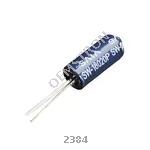 |
2384 | MEDIUM VIBRATION SENSOR SWITCH | 886 More on Order |
 |
1170 | MAGNET ROUND, SQUARE FRAME | 258 More on Order |
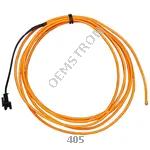 |
405 | ELECTROLUMINESCENT WIRE ORN 2.5M | 376 More on Order |
 |
2044 | ADDRESS LED MATRIX I2C WHITE | 113 More on Order |
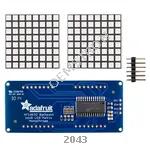 |
2043 | ADDRESS LED MATRIX I2C YELLOW | 293 More on Order |
 |
1721 | ADDRESS LED MOD I2C RED/YLW-GRN | 393 More on Order |
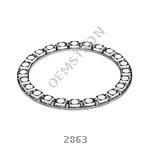 |
2863 | ADDRESS LED RING SERIAL RGBW | 119 More on Order |
 |
2872 | ADDRESS LED MATRIX SERIAL RGBW | 274 More on Order |
 |
3729 | ADDRESS LED MODULE SERIAL RGB | 343 More on Order |
 |
2351 | ADDRESS LED DISCRETE SER WHITE | 313 More on Order |
 |
2735 | ADDRESS LED MATRIX SERIAL RGB | 399 More on Order |
 |
872 | ADDRESS LED MATRIX I2C GREEN | 293 More on Order |
 |
3631 | ADDRESS LED STRIP RGBW | 296 More on Order |
 |
2350 | ADDRESS LED DISCR SER RGB 1=10 | 613 More on Order |
 |
2238 | ADDRESS LED STRIP SERIAL RGB 5M | 474 More on Order |
 |
1463 | ADDRESS LED RING SERIAL RGB | 390 More on Order |
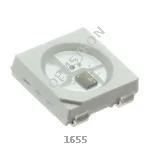 |
1655 | ADDRESS LED DISCR SER RGB 1=10 | 9734 More on Order |
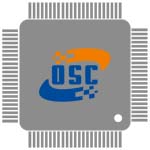 |
4243 | 2.13"" FLEXIBLE MONOCHROME EINK / | 437 More on Order |
 |
1855 | SMALL 1.2 8X8 ULTRA BRIGHT SQUAR | 283 More on Order |
 |
1624 | LED MATRIX 8X8 SQUARE GREEN | 344 More on Order |
 |
2277 | 64X32 RGB LED MATRIX - 5MM PITCH | 426 More on Order |
 |
1907 | DUAL ALPHANUMERIC DISPLAY - RED | 152 More on Order |

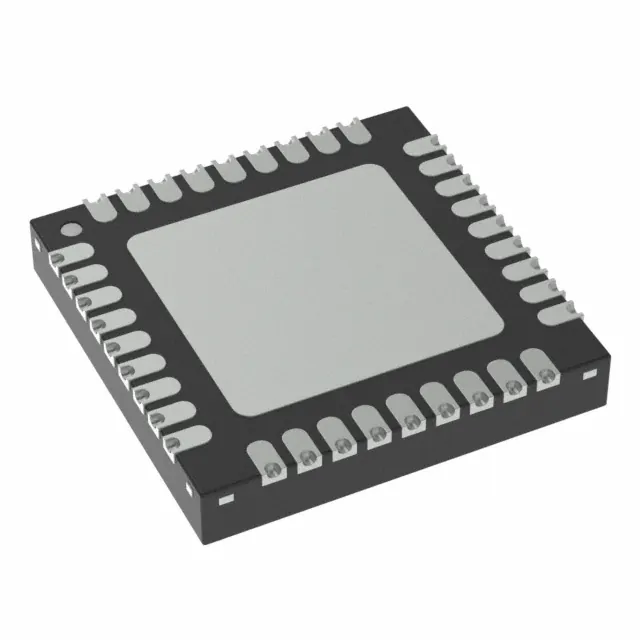 Semiconductors
Semiconductors









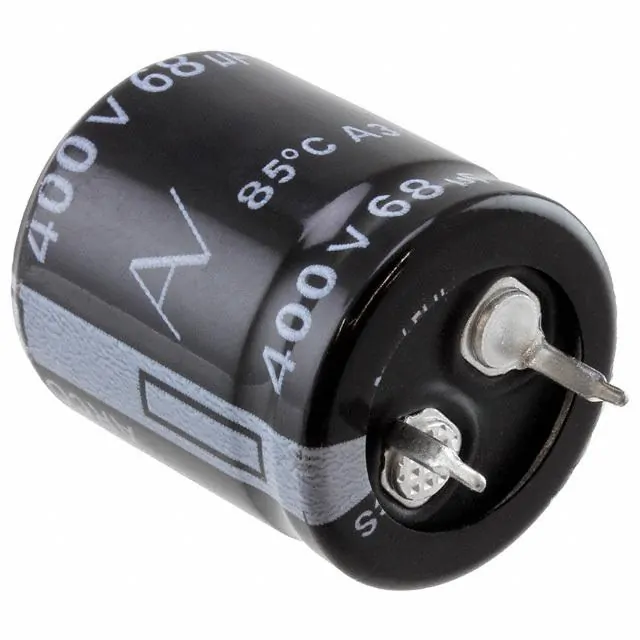 Passive Components
Passive Components









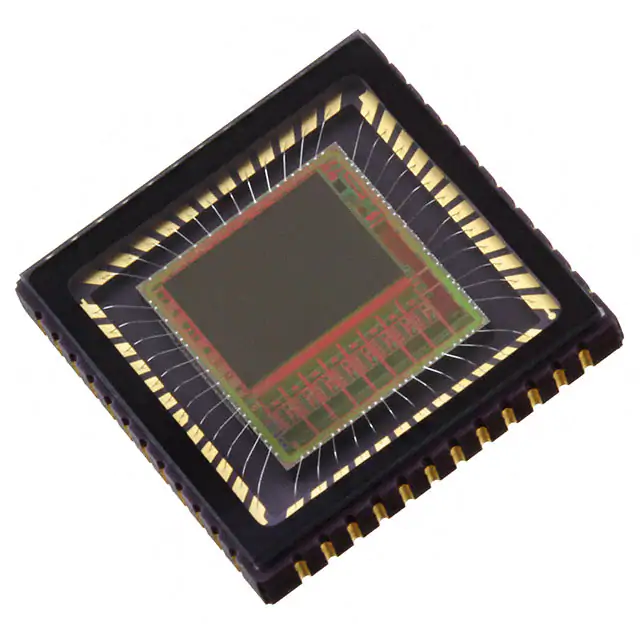 Sensors
Sensors








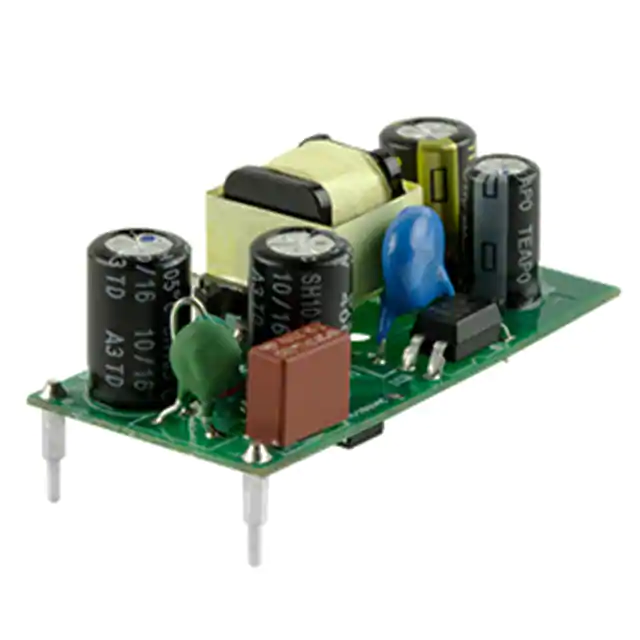 Power
Power









 Optoelectronics
Optoelectronics








